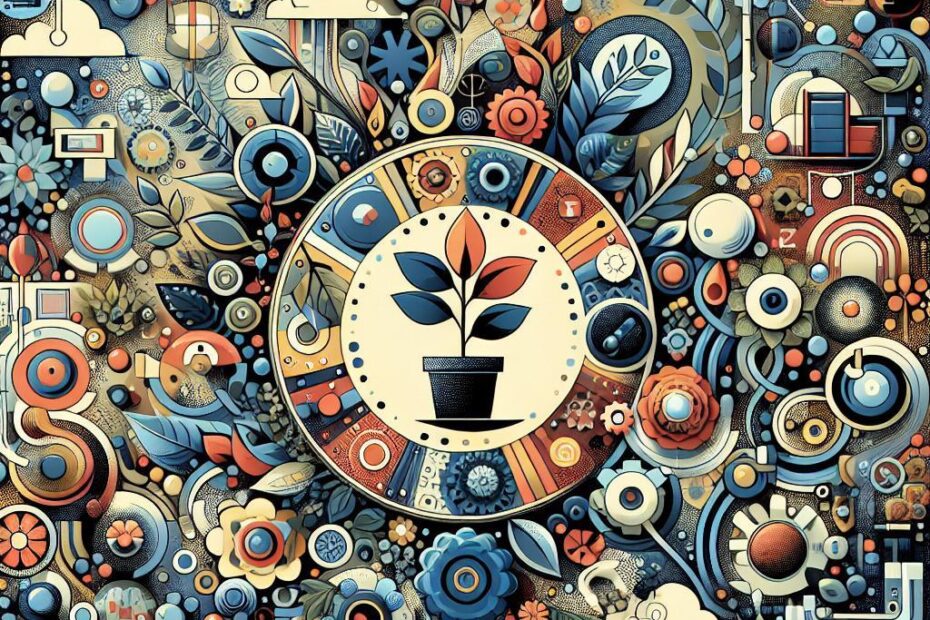With more and more people turning to gardening as a hobby or a way to grow their own produce, it’s important to understand the differences between potting soil and garden soil. While the terms are often used interchangeably, they are actually quite different in terms of composition, intended use, and benefits. In this article, we will explore the distinctions between potting soil and garden soil, and discuss when each type is most appropriate to use in your gardening endeavors.
What is Potting Soil?
Potting soil, also known as potting mix, is a specially formulated blend of organic matter, perlite, vermiculite, and other ingredients designed to provide optimal growing conditions for potted plants. Potting soil is typically lighter and more airy than garden soil, which helps to promote proper drainage and aeration in containers. This is crucial for preventing waterlogged roots, which can lead to root rot and other plant diseases.
What is Garden Soil?
Garden soil, on the other hand, refers to the soil found in your outdoor garden beds. It is a natural mixture of sand, silt, clay, organic matter, and microorganisms that has developed over time. Garden soil tends to be denser and more compact than potting soil, which can make it less ideal for container gardening. However, garden soil is rich in nutrients and beneficial microbes that can help plants thrive in the ground.
Key Differences Between Potting Soil and Garden Soil
- Composition: Potting soil is a manufactured blend of ingredients specifically designed for potted plants, whereas garden soil is a natural mixture found in outdoor garden beds.
- Drainage and Aeration: Potting soil is lighter and more airy, which helps to promote proper drainage and aeration in containers. Garden soil is denser and more compact, which may not allow for optimal drainage in pots.
- Nutrient Content: Potting soil may contain added nutrients to support plant growth in containers, while garden soil is naturally rich in nutrients that can support plants in the ground.
- Container vs. Ground Use: Potting soil is best suited for use in containers, while garden soil is intended for use in outdoor garden beds.
Benefits and Practical Tips
- When using potting soil, choose a mix specifically formulated for the type of plants you are growing (e.g., cacti and succulent mix, seed starting mix).
- Garden soil can benefit from the addition of compost and other organic amendments to improve its texture and nutrient content.
- Consider blending potting soil with garden soil when transplanting potted plants into the ground to help them acclimate to their new environment.
Case Study: Potting Soil vs. Garden Soil
A gardener, Sarah, decided to start a vegetable garden in her backyard. She initially used potting soil in containers on her patio to grow herbs and tomatoes. However, when she expanded her garden to include raised beds in the ground, she switched to using garden soil. Sarah found that her plants thrived in both types of soil, but she noticed that the plants in the raised beds grew larger and produced more fruit due to the nutrient-rich garden soil.
Conclusion
In conclusion, the main difference between potting soil and garden soil lies in their intended use and composition. Potting soil is best suited for container gardening, while garden soil is ideal for outdoor garden beds. Both types of soil have their own benefits and drawbacks, so it’s important to choose the right soil for the specific needs of your plants. By understanding the distinctions between potting soil and garden soil, you can set yourself up for gardening success and help your plants thrive in their respective environments.
